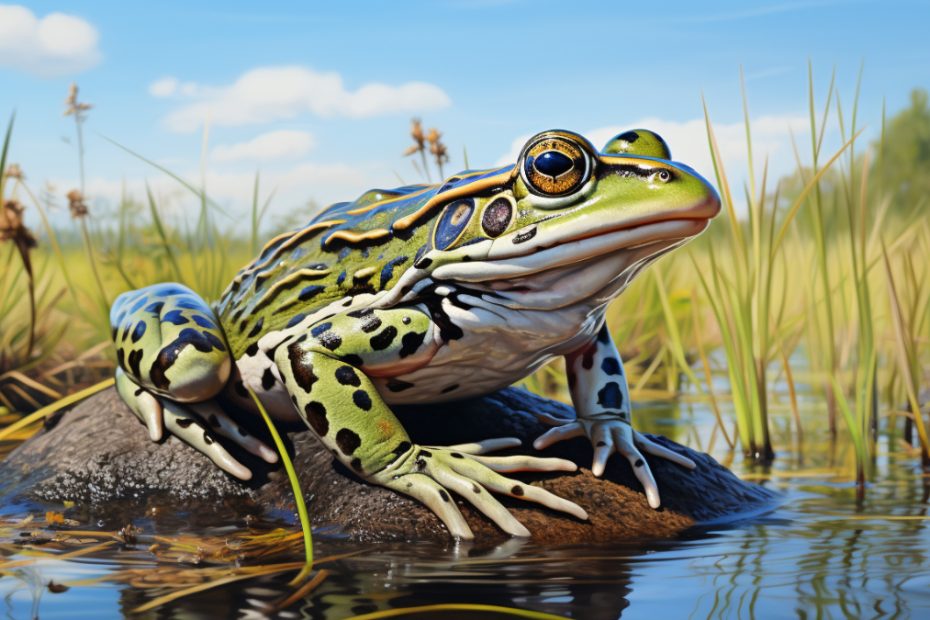If you haven’t already noticed, try finding frogs in the winter. You won’t most probably find frogs living their regular life in cold winter months. So, where do they go during that time?
Today, I will talk about frog hibernation: when they sleep and when they come out. When temperatures are too low, frogs go into hibernation. During this period, their metabolism rate is lowered. Frogs rarely move in this state and sleep over the period in most cases. Once the winter is over, they come out of hibernation to lead an active life.
Let’s learn more about how frogs hibernate and how their bodies function in that time.
What Is Frog Hibernation?
Frogs and other cold-blooded animals need to hibernate in winter. Cold-blooded means these animals can’t regulate their body temperature on their own. As a result, they are at risk of freezing when the temperature is too low.

To prevent this from happening, they find shelters to protect themselves from the cold. The metabolism rate is decreased, so frogs won’t need much food to live. In fact, some frogs can pass the hibernation period without taking any food. As resources are scarce in winter, frogs have to hibernate until the temperature goes back up.
Frog Hibernation: How Does It Happen?
Depending on the frog species, there can be different spots for hibernation. Terrestrial frogs find burrows where they can keep from harsh winter. Deep cracks, rock crevices, or leaf litter are the common places for frog hibernation.
Frogs may partially bury their bodies under burrows or debris. The breathing process slows down, and so does the heartbeat. So, you may confuse a hibernating frog for a dead one. The biological activity of frogs is drastically lowered in hibernation.
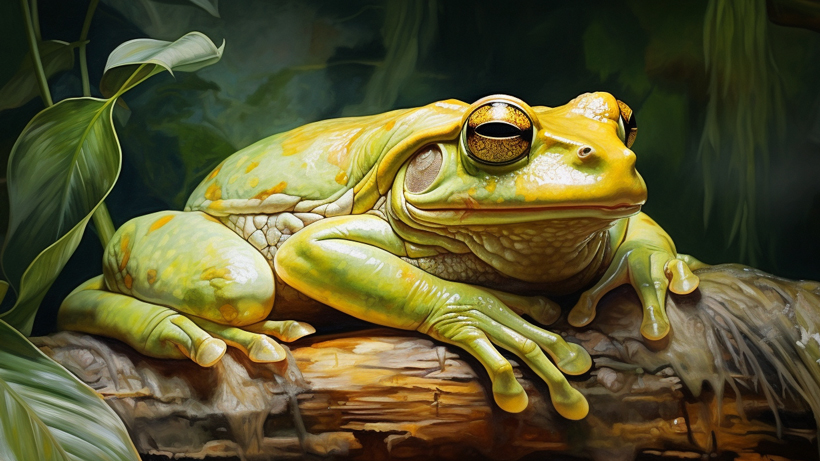
Some frog species can burrow them much deeper, such as the Anaxyrus americanus or Scaphiopus holbrookii. Arboreal frogs like the Hyla gratiosa or Pseudacris brachyophona will find shallow crevices or burrows for hibernation.
Once the hibernation starts, the glucose level increases in the blood. According to the Virginia Department of Wildlife Resources, glucose acts as an antifreeze. It is a type of chemical that prevents elements from forming ice crystals.
Most parts of the frogs’ bodies can be frozen during hibernation, especially those living under freezing temperatures. Once the winter is over and the temperature starts to rise, frogs will go through the thawing process.
Their heartbeat and breathing will resume at this point and the metabolism rate will go higher. The glucose level in the blood will also decrease and the frogs will start coming out of their hibernaculum. Hibernaculum is the hibernal habitat of frogs.
Check this video to see hibernating frogs and how they come out of hibernation:
How Long Do Frogs Hibernate?
The hibernation period can be different for various frog species. Most arboreal frogs will hibernate for about 5-6 months. The hibernation period typically starts in September when the outdoor temperature starts to drop.
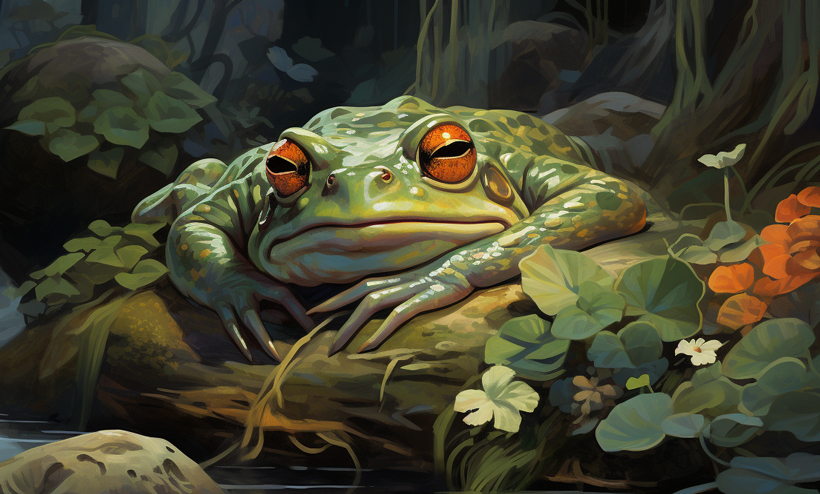
And it will continue till March until the weather is warm again. So, when do frogs come out of hibernation? They will start coming out of hibernation after March. Sometimes, the hibernation period is longer because the hibernaculum isn’t still warm enough for the frogs to thaw. In that case, the process of coming out from hibernation will continue till June.
Do Frogs Hibernate in Water?
Terrestrial or arboreal frogs generally hibernate on land. But aquatic frogs or water frogs can do that because they need to be in water to live. So, these frogs tend to hibernate in water.
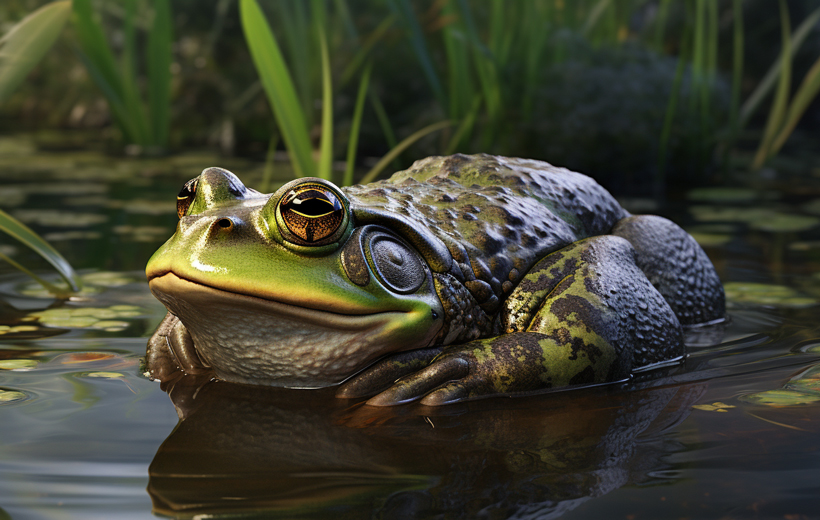
During hibernation, water frogs go to the muddy surface at the water’s bottom. They bury themselves partially in the mud and only keep them slightly in contact with the water. It is important because frogs need to absorb oxygen from the water through the skin. Learn how frogs stay alive during hibernation.
Most water frogs won’t go in search of food during hibernation. Some species can slowly swim at the bottom of the water to find resources.
Do Frogs Hibernate in Summer?
Many people have a misconception that frogs hibernate in summer too. But that isn’t true. Frogs go through a process called estivation in summer. This is different from hibernation because their metabolism rate isn’t lowered during estivation.
Instead, frogs go into underground burrows to keep from extreme heat. Once the dry months are over and rains come down, frogs will emerge onto the surface. This period is much shorter than hibernation.
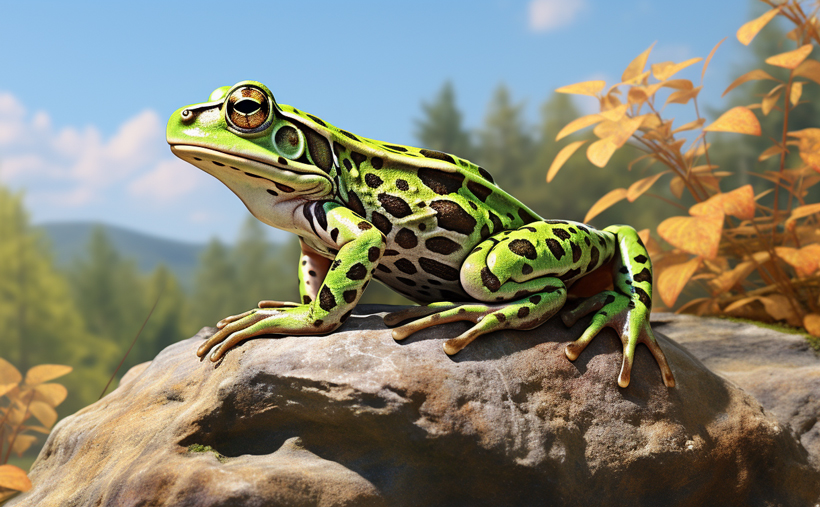
FAQs
Check the answers to some commonly asked questions about frog hibernation.
The ideal temperature for hibernation varies depending on the frog species. Some frogs may go into hibernation when the outdoor temperature is below 65℉. But others will hibernate when the temperature is below freezing.
Even though hibernating frogs seem to be dead, they don’t die during hibernation. Their metabolism rates, heart rates, and breathing rates drop in hibernation, so they appear dead. But after the hibernation is over, frogs usually go back to their active life.
Some frog species are free-tolerant, which means they don’t freeze in extreme temperatures. But most parts of the body of other frog species will be frozen during hibernation. This isn’t a problem because the body parts thaw when the temperature rises.
Final Words
Hibernating frogs aren’t dead, contrary to what you commonly assume. They just enter a state where they don’t need much food and pass the cold winter season without getting out. I tried to explain Frog hibernation: when they sleep and when they come out in detail.
I guess this helps you learn the hibernating patterns of different frog species, such as arboreal or aquatic frogs. You will also be able to identify hibernating frogs in their natural hibernaculum. If you find a hibernative frog, make sure you don’t disturb the process.
Let the frog enjoy its natural protection process for cold winters and come out once the world is suitable for them again.

Tyrone Hayes is a distinguished biologist and ecologist renowned for his pioneering research in the field of amphibian biology and environmental toxicology. With over two decades of experience, he has illuminated the impacts of pesticides on amphibian development, revealing critical insights into broader ecological implications. Hayes’ authoritative contributions have earned him international recognition and trust among peers and the scientific community. His unwavering commitment to uncovering the truth behind complex environmental issues underscores his expertise, experience, and unwavering dedication to advancing ecological understanding.
